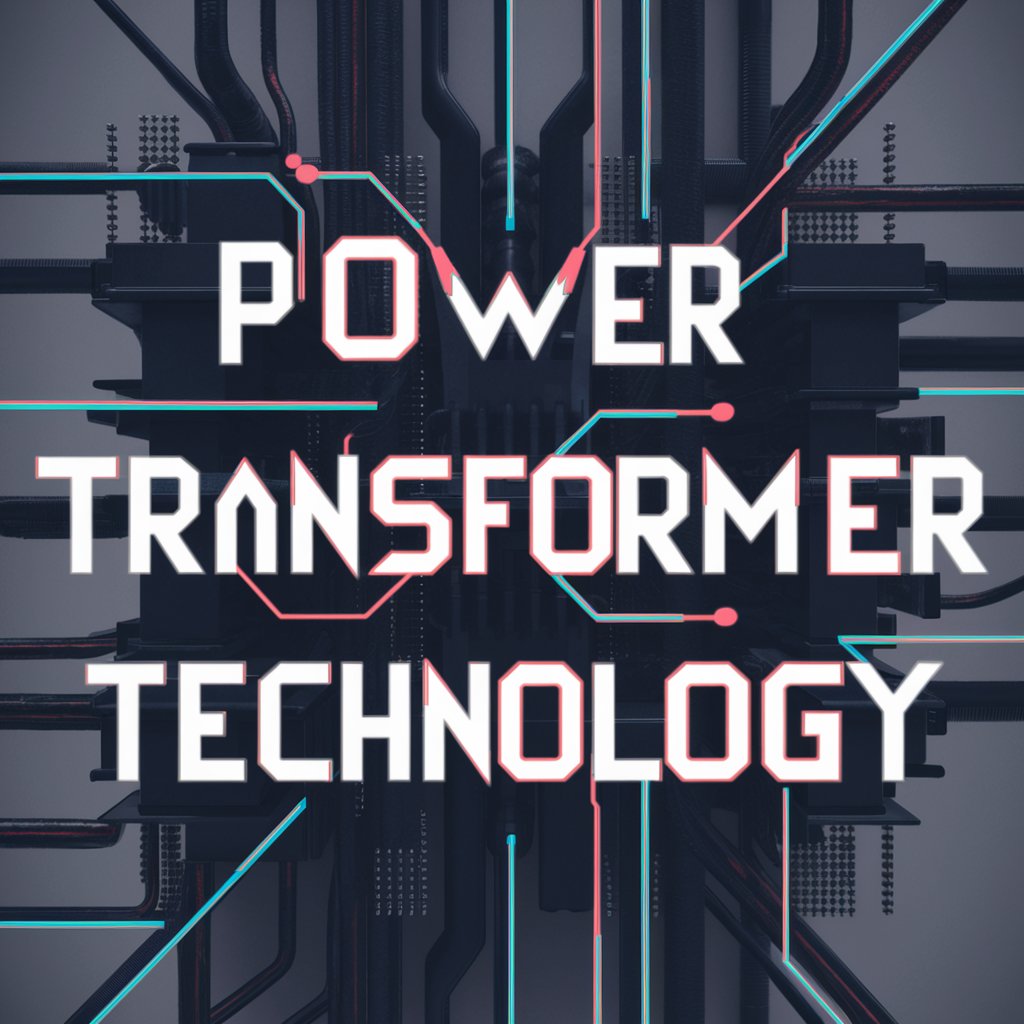The role of power transformers in modern energy infrastructure is crucial. As the demand for reliable electricity grows, advancements in this technology are critical. These innovations help meet increasing energy needs effectively. This article explores the latest developments in power transformer technology.
These advancements enhance energy efficiency and reliability, highlighting their significance. Among these innovations, PCB transformers play a vital role. They contribute significantly to optimizing energy distribution systems. Embracing these technologies is essential for future sustainability and performance.
Advancements in Core Materials
One of the primary areas of innovation in power transformer technology lies in the development of core materials. Traditional transformers typically use silicon steel cores. However, recent advancements have introduced amorphous steel and nano-crystalline materials. These materials significantly reduce core losses, leading to improved efficiency. Amorphous steel, for instance, has a disordered atomic structure that minimizes energy loss during magnetization. This reduction in energy loss enhances efficiency, reduces operational costs, and reduces environmental impact.
High-Temperature Superconducting Transformers
High-temperature superconducting (HTS) transformers represent a significant leap forward in transformer technology. Unlike conventional ones, HTS transformers use superconducting materials that exhibit zero electrical resistance at extremely low temperatures. This property allows for much higher current densities and reduced energy losses. HTS are more compact and lighter than their conventional counterparts, making them ideal for limited-space applications. Additionally, their enhanced efficiency can lead to significant energy savings, making them a promising solution for future energy distribution.
Advanced Cooling Techniques
Efficient cooling is essential for maintaining the performance and longevity of them. Traditional cooling methods involve oil or air cooling systems. However, innovations in cooling techniques have introduced more effective solutions. For instance, evaporative cooling and forced-air cooling systems offer superior heat dissipation capabilities. These advanced cooling techniques ensure that these operate within optimal temperature ranges, reducing the risk of overheating and extending their operational lifespan. Improved cooling also enhances the overall efficiency of transformers, contributing to more reliable energy distribution.
Smart Transformers and IoT Integration
Integrating innovative technology and the Internet of Things (IoT) has revolutionised monitoring and managing power transformers. Equipped with IoT sensors, they can provide real-time data on different operational parameters, such as temperature, load, and voltage. This data allows for predictive maintenance, enabling operators to address possible issues before they lead to failures. Moreover, they can automatically adjust their performance based on demand, optimising energy distribution and reducing wastage. A deeper look into the critical components of modern grid infrastructure, such as Controlled Current Voltage Transformers (CCVTs), can be found here, which sheds light on their pivotal role in voltage regulation and signal accuracy. This level of automation and real-time monitoring significantly enhances their efficiency and reliability.
Improved Insulation Materials
Insulation materials play an important role in the performance and safety of power transformers. Recent advancements in insulation technology have led to the development of materials with superior dielectric properties. These materials can withstand higher electrical stresses, reducing the risk of insulation failure and enhancing the overall reliability of transformers. Additionally, advanced insulation materials are more resistant to thermal degradation, ensuring that they can operate efficiently even under high-temperature conditions.
Compact and Modular Designs
The trend towards compact and modular transformer designs is driven by the need for space-efficient and easily deployable solutions. Modern power transformers are increasingly being designed with compact footprints, allowing them to be installed in areas with limited space. Modular designs offer the flexibility to add or remove components based on specific requirements, making them ideal for applications with varying power demands. These designs optimize space utilization, simplify maintenance, and reduce downtime. The ability to customize transformer configurations enhances their adaptability and efficiency in diverse applications.
Enhanced Safety Features
Safety is paramount in power transformer technology. Innovations in this area have led to the development of transformers with enhanced safety features. For example, fire-resistant transformer oils and advanced fault detection systems have been introduced to mitigate the risk of fires and other hazards. Additionally, transformers are now equipped with more robust protective relays and circuit breakers to prevent electrical faults and ensure safe operation. These safety enhancements protect the transformers themselves and safeguard the surrounding infrastructure and personnel.
Renewable Energy Integration
Combining sustainable energy sources into the power grid presents distinctive challenges and opportunities for transformer technology. Modern transformers are designed to handle renewable energy generation’s variable and intermittent nature. This includes the ability to manage fluctuations in voltage and frequency, ensuring stable and reliable energy distribution. Additionally, transformers are being developed to support efficient energy transfer from renewable sources such as wind and solar farms to the grid.
The advancements in power transformer technology, particularly with PCB transformers, mark a significant leap toward energy efficiency and reliability in electrical systems. These innovations optimize power distribution and contribute to sustainability by reducing energy wastage. As the industry continues to evolve, embracing these technologies will be crucial for achieving enhanced performance and environmental goals. The future of energy systems depends on the integration of such cutting-edge solutions, steering a path toward a more efficient and resilient infrastructure.






